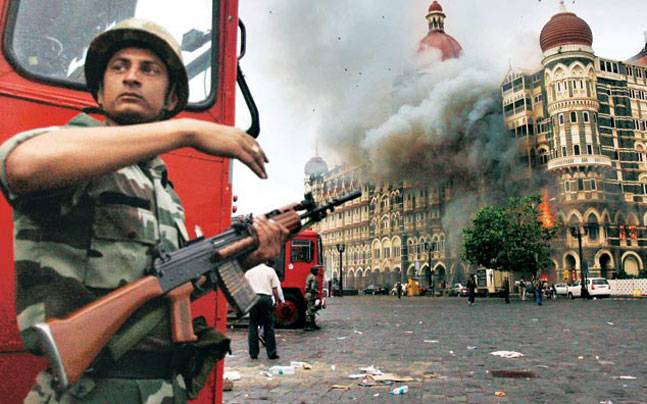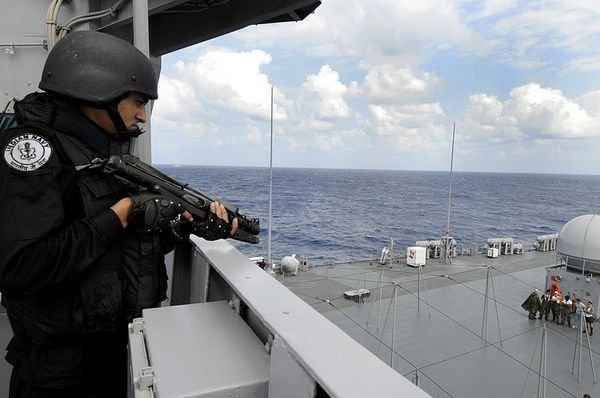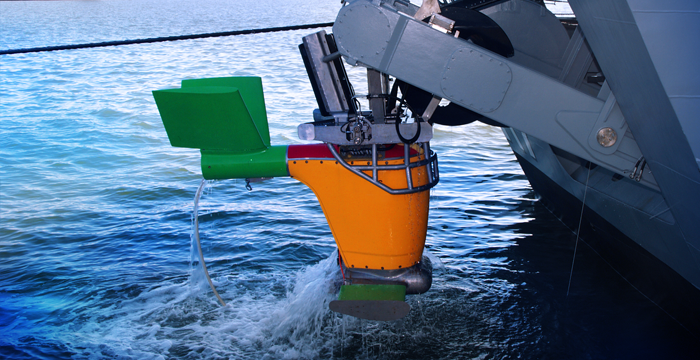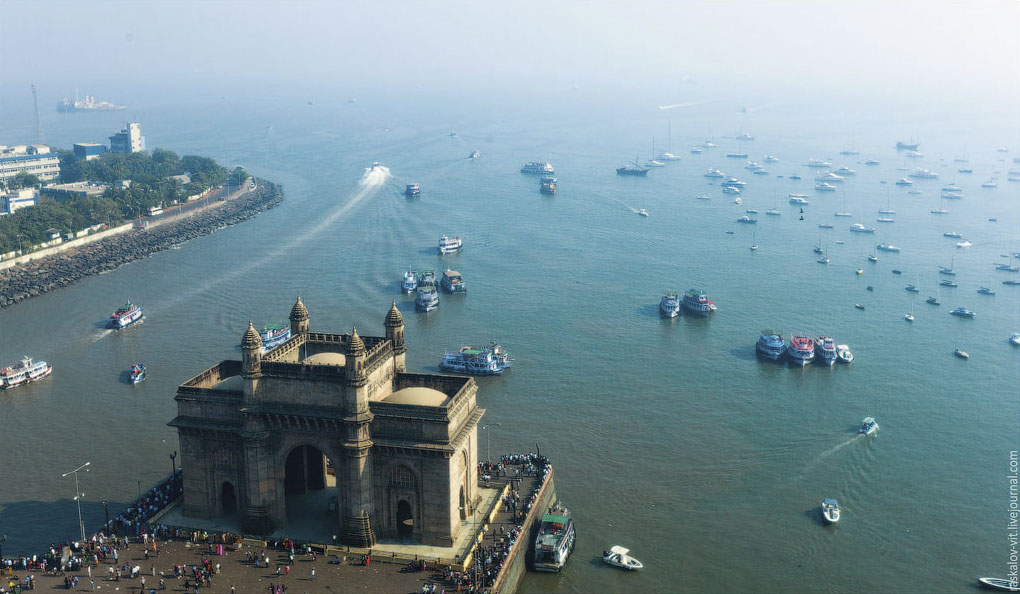What Has Changed: Nine Years After 26/11 attack, Is Mumbai Safe?
Nine years after the 26/11 carnage jolted India, here's a status check on whether Mumbai is prepared to tackle another situation of similar magnitude.

On November 26, 2008, one of the most audacious attacks on India’s sovereignty took place. Ten terrorists from Lashkar-e-Taiba carried out 12 attacks, spread over four days, across the city of Mumbai, killing as many as 159 people and gravely wounding more than 200. For two nights and three days, the burning dome and spires of Hotel Taj Mahal were a sight that scarred the nation’s psyche, exposing how vulnerable Indian cities were to terror.
Nine years after the 26/11 Mumbai carnage jolted India’s political and security establishment, the verdict — for whether Indian cities are prepared to tackle another situation of that magnitude if it happens today — is still mixed.

Here’s a status check on what measures have been taken make Indian cities safer, how effective these steps are and what more need to be done.
In the aftermath of the terrorists using the sea route to carry out the assault, India’s national coastal defence apparatus underwent a radical overhaul. A three-tier security arrangement — under which the Indian Navy, the Coast Guard, and the marine police would work jointly — was put in place to safeguard India’s maritime zones.
As the lead agency, the Indian Navy handles the task of protecting the outermost tier. To enhance this first line of defence, Sagar Prahari Bal (Ocean Sentinels) has been established and equipped with high-speed intercept vehicles, helicopters and UAVs.

The intermediate layer (extending up to the 12 nautical mile limit of the territorial waters) has been assigned to the Coast Guard while the innermost tier (coastline and inland waters) is the responsibility of the city’s marine police. Other than acquiring state-of-the-art weaponry and equipment, the Coast Guard has augmented its air and surface fleet to a large extent.
The Marine Police’s budget too has received a substantial impetus, with more funds for additional manpower, surveillance assets, speed boats and amphibian sea-legs. More coastal police stations are being set up, and radio frequency identity cards have been distributed to the fishermen.
Furthermore, recently India got its first state-of-the-art harbour defence systems. With a multitude of coastal surveillance radars, high-power underwater sensors and diver detection sonars, these systems are capable of detecting, identifying, tracking and generating a warning for both surface and under water threats.

Next, taking cognizance of the fact that “actionable intelligence” was the key to foil terror attacks, the government has augmented the capabilities of the Intelligence Bureau (IB). IB’s Multi-Agency Centre (MAC) has been reorganized to enable it to function on a 24X7 basis and share intelligence with all other security agencies.
Subsidiary Multi-Agency Centres (SMACs) have also been established in 30 key locations across the country, with a dedicated and secured online connectivity linking all the designated members.
Also, the Mumbai Police has moved to a new digital WAP system — APCO 25 system — that allows not only seamless communication but also communication over multiple channels, among others. A total of 4,717 cameras have been installed at 1,510 spots, the feed from which is beamed to the Mumbai Police control room.

Maharashtra government has also set up ‘Force One’, an elite commando force on the lines of National Security Guards (NSG) along with a specialized training institute for them. It has also ordered (after a long wait) 5000 bullet-proof vests from Kanpur-based MKU. Apart from this, orders for bullet-proof helmets, bullet-proof shields and night vision monoculars have also been placed.
To check preparedness and synergy between all these revamped security stakeholders, the city police (along with the Indian Navy, Coast Guard, Customs, Intelligence agencies and local fishers) also conducts the Sagar Kavach operation twice a year. Broadly, it involves one team (Red Team) posing as an enemy and the other team (Blue Team) guarding the coast and preventing the other from infiltration.
However, while there have been significant augmentations to counter-terrorism capabilities, there are several crippling gaps that need to be filled to make Indian cities safe and secure.
As revealed by CAG audit reports, under-utilisation of acquired equipment, delays in creation of shore-based infrastructure, human resources shortages, unspent funds and red-tapism continue to plague the state of coastal policing along India’s long shoreline.

Additionally, the speed with which Indian cities are filling up crucial shortages in basic capacities is nowhere near adequate. Take, for instance, the most rudimentary index of capacity, the police-to-population ratio, which continues to remain a fraction of what is actually required. As such, while immediate dangers have been contained, the security system remains substantially unprepared.
Also, while the recent years have certainly witnessed a surge in security presence in the littoral seas, disagreements between the ‘first responders’ have led to avoidable delays in operational action. For example, while state maritime board officials favour satellite tracking systems, security agencies advocate active tracking through onboard transponders.
Moreover, the Coastal Security Bill to form a National Maritime Authority (NMA) is still mired in red tape — the National Committee for Strengthening Maritime and Coastal Security (NCSMCS) is at best an ad-hoc arrangement. So is the Crime and Criminal Tracking Network and Systems (CCTNS), which was initially intended for completion by March 31, 2012.
Institutional lethargy is also the reason why, till recently, the 2-lakh-strong Maharashtra police force had only 2,000 bulletproof vests (supplied by the Centre in March 2011).
Also, despite crores being spent to implement the comprehensive Integrated Security System (ISS) across Mumbai’s railway stations, these crucial, always-crowded places remain vulnerable due to sheer negligence. For instance, while the main entry points have metal detectors, baggage scanners and CCTV cameras, the platforms are easily accessible from bustling places like neighbouring flower and fish markets!
With global terror tactics becoming increasingly dynamic with time, even the most foolproof strategy to thwart terrorism can come to nought. Which is why not only must India immediately plug the aforementioned loopholes in its security system, it must evolve with time to avoid becoming obsolete. Doing this may be fraught with challenges, but the cost of inaction is something we cannot and should not afford.
Also Read: Nine Years On, a Tribute to the NSG Commandos Who Saved Lives During 26/11 Attacks
Like this story? Or have something to share? Write to us: [email protected], or connect with us on Facebook and Twitter.
NEW: Click here to get positive news on WhatsApp!
If you found our stories insightful, informative, or even just enjoyable, we invite you to consider making a voluntary payment to support the work we do at The Better India. Your contribution helps us continue producing quality content that educates, inspires, and drives positive change.
Choose one of the payment options below for your contribution-
By paying for the stories you value, you directly contribute to sustaining our efforts focused on making a difference in the world. Together, let’s ensure that impactful stories continue to be told and shared, enriching lives and communities alike.
Thank you for your support. Here are some frequently asked questions you might find helpful to know why you are contributing?


This story made me
-
97
-
121
-
89
-
167











